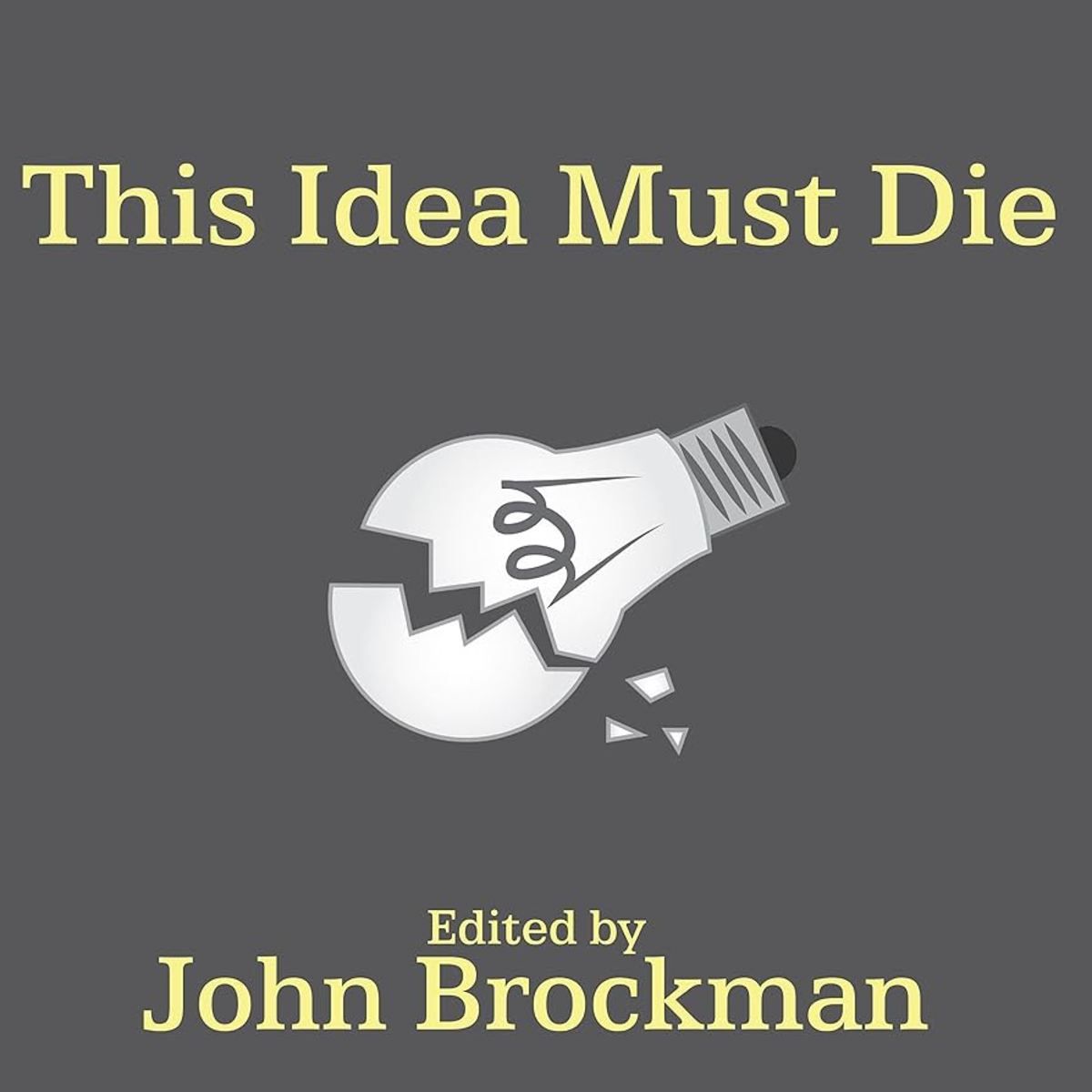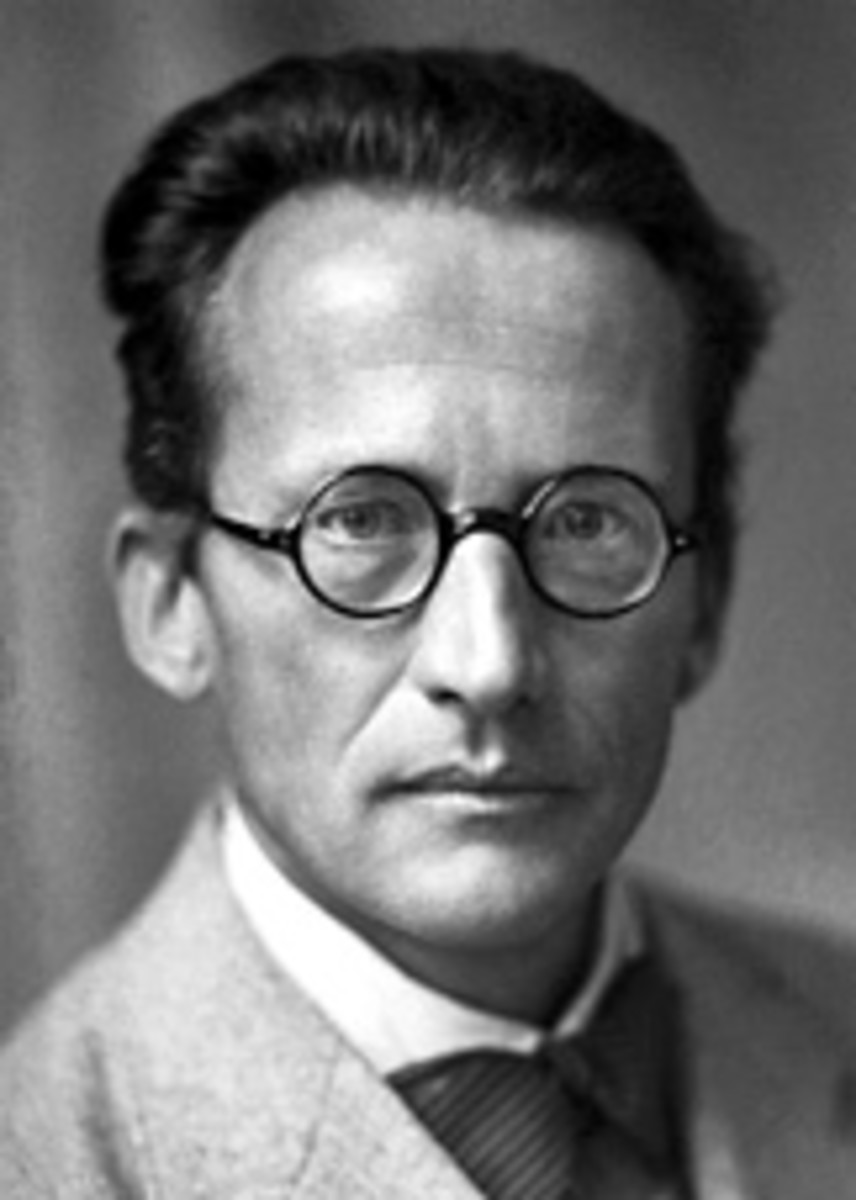Energy, Do We Really Know What It Is?
Just energy
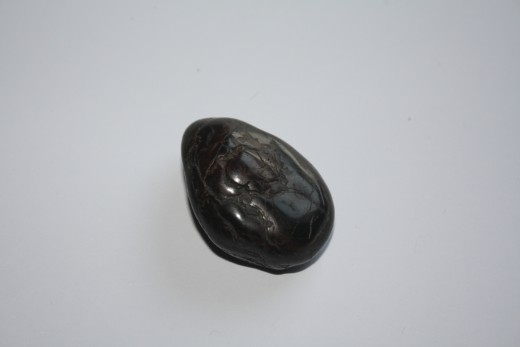
Full of energy
Pure energy

Do we actually know what energy is?
There are various definitions and descriptions about energy. In a dictionary sense it is a noun:
- The strength and vitality required for sustained physical or mental activity.
- Power derived from the utilization of physical or chemical resources, especially to provide light and heat or to work machines.
In physics, energy is:
- The capacity to do work or
- The ability to do work or
- The quantitative property that must be transferred to an object in order to perform work on, or to heat, the object.
Also:
Energy is a conserved quantity; the law of conservation of energy states that energy can be converted in form, but not created or destroyed.
The unit of measurement of energy is the joule (j)
Then there are the forms of energy:
- Kinetic
- Potential
- Elastic
- Thermal
- Radiant
- Chemical
- Available
- Geothermal
- Human
- Mechanical
- Electric
- Magnetic
- Gravitational
- Ionization
- Nuclear
- Chromodynamic
- Sound
- Rest
Not to forget the commodities:
- Coal
- Crude oil
- Natural gas
- Uranium
- Electricity
- Solar
- Wind
- Ethanol
- Wood/Biomass
- Waste
- Wave/tidal
- Water
Apparently Energy is a lot of things.
E=mc2

The worlds best known equation
E=mc2 A simple enough equation, but somehow it seems few understand it.
When reviewing the various explanations of the equation, it appears that many who write on the subject have a hard time understanding that an everyday object at rest can have such a large amount of energy.
After all, in physics, energy is quantitative property which is a physical property of a phenomenon, body, or substance, that can be quantified by measurement. A quantity which can be expressed by a real number.
So the stone (pictured above), say has a mass of 1 Kg, then the following would be its energy:
E=mc2 where:
m = 1 Kg
c = 299,792,458 m/s
Therefore: E = 1 x 299,792,4582
E = 89,875,517,873,681,800 joules
According to an energy conversion calculator, this would be equivalent to:
24,965.42 GWh
Which means that the energy of my 1 Kg stone, if harnessed, would have been enough to provide almost 7% of the UK's total electricity supply in 2015.
Awesome! lets crack a stone or two.
Energy, what energy?
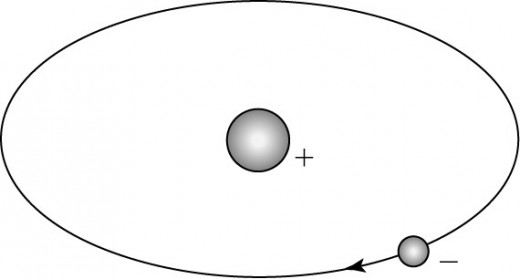
Not all energy is different
The Atom, a very small thing; in actual measurement it is around a ten-billionth of a meter. It is also what energy is. Therefore all matter is extremely condensed energy making the energy of my stone more believable.
According to science, the energy in each atom can vibrate at different frequencies which give rise to fundamental forces based on the vibrations and is described by the string theory as a "String". (It is just a theory!)
In an attempt to predict the behaviour of Atoms using normal physics as if each atom were balls, the answers were noticeably incorrect. Now scientists have developed new models, incorporating quantum principals to explain their behavioural patterns. (Again, just a theory!)
But the Atom, although classed as 'Energy', is made up of even smaller parts, namely the electron, the proton and the neutron. The electron is so small there is currently no way of measuring its size, but has a negative charge. The proton has a positive charge, and the neutron has no electrical charge.
Atoms also lack a well defined outer boundary. Meaning it has no shape, but its dimension is described in terms of atomic radius.
So there you have it; An Atom is an unpredictable vibrating, shapeless something that is negatively positive in a neutral state.
But it is not energy!
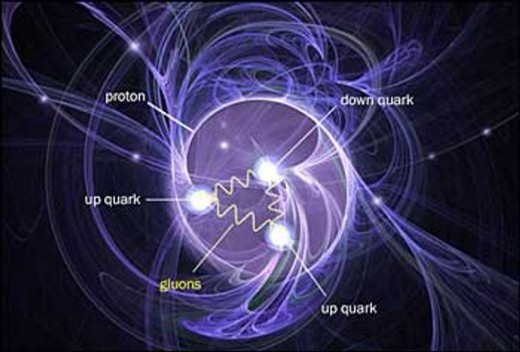
According scientificamerican.com; a proton is a jumble of phantom particles appearing and disappearing continuously. These are called "virtual particles". They are real and have observable effects, and while they are part of our world only briefly, they can interact with other particles.
That is energy!
Lets look at another form of energy that cannot be seen.
Wind energy
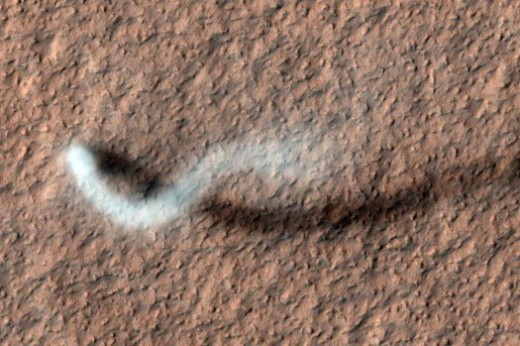
Wind; something which is not visible, but when it comes into contact with other objects, its energy becomes very visible.
Every day we see the clouds role by, the tree branches sway and the litter scurry of down the street.
Scientists and meteorologist have worked long and hard to try and predict weather patterns, especially the wind. Although they can provide guidance on the prediction of the weather, mainly in the short term, they have yet to establish any predictable elements.
Just like the atom, wind is not predicable, in other words, "using normal physics the predictions are noticeably incorrect".
In a controlled environment, such as a wind tunnel, the effects of wind on objects, its path and resultant turbulence can be predicted relatively accurately; however, using identical equipment and props, no two tests are identical.
Utilising these models in the atmosphere only provide a limited accuracy due to the constantly changing elements of air born partials, topography of large water bodies and temperature changes.
Predictable or not, wind is a phenomenal source of energy.
From Hurricanes.
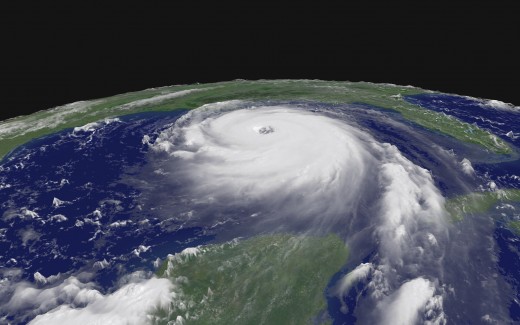
To Tornadoes.
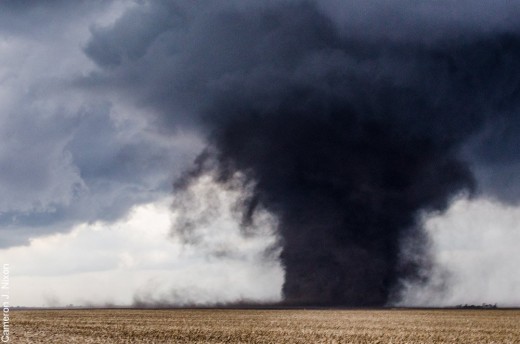
Wind power
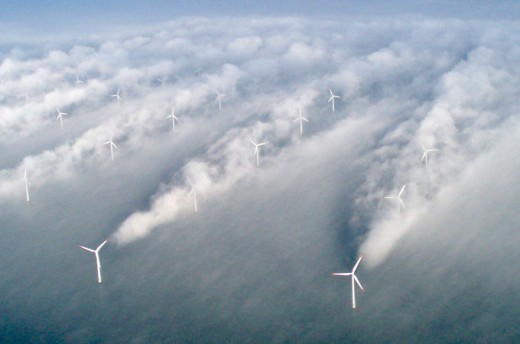
And re-seeding of plants

Conclusion
In reality, energy is neither quantifiable or measurable in its raw state. It is however, everywhere, affects everything and cannot be contained, controlled or manipulated.
The products of energy however are not everywhere or affect everything, but can be contained, controlled and manipulated to suit our needs.
© 2018 Neil Coulson


